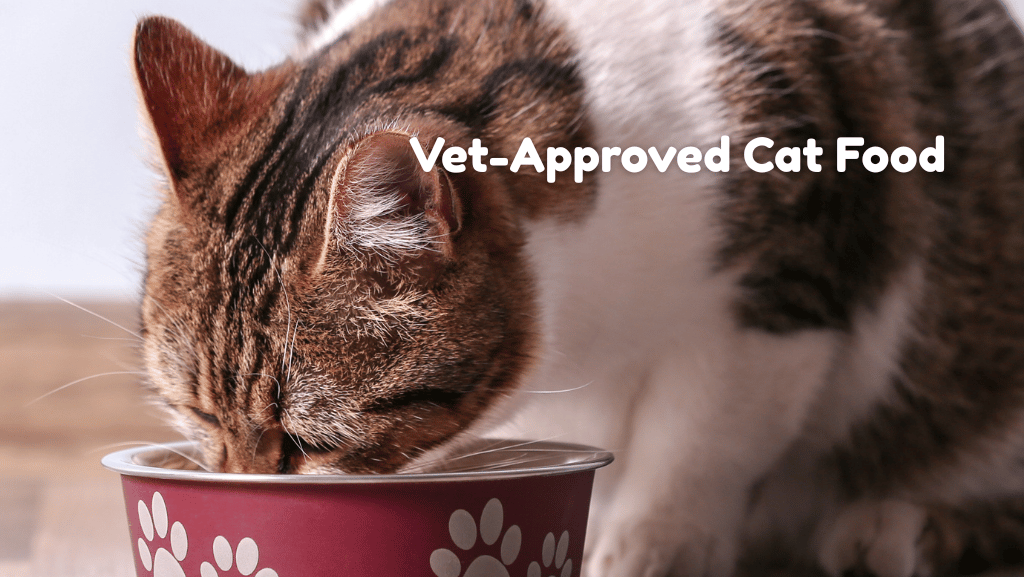Cats have high standards, and their humans search for good food. One of the most popular food options is beef dry cat food. Choosing a good product that also considers vet criteria is necessary. In this guide, we look at what makes a good quality beef dry cat food and how to balance flavor and health for pets.
Nutritional Balance
A balanced diet is necessary to keep cats healthy and thriving. Good quality beef dry cat food must provide protein, fats, and carbohydrates in balanced proportions. The foundation is protein, which keeps cats energized and helps preserve muscle. Find products that list beef as the first ingredient and are high in protein. Moreover, good fats help cats and make their fur shiny and skin healthy. Carbohydrates provide energy. A tasty dry cat food beef flavor can go a long way in boosting your cat’s health.
Vitamins and Minerals
Cats need a variety of vitamins and minerals beyond macronutrients. Taurine, an amino acid that needs to be supplied by the diet, is also known to be beneficial for vision and heart health, and calcium and phosphorus help maintain bone health. Good quality beef dry cat food offers excellent nutrition by providing essential nutrients. Antioxidants like vitamin E and selenium boost immunity.
Is Your Cat’s Digestive System Working Well?
Digestion is an essential aspect of nutrient absorption. A cat’s digestion is better when given high-quality products processed in a way that allows maximum nutrient intake. Palatability is just as vital; the best food is useless if never eaten. Beef dry cat food flavors and scents must seem attractive to cats and should encourage regular eating.
Ingredient Quality
Highlighting quality ingredients guarantees pets a safer, healthier meal. Expensive beef dry cat food generally has real meat, no by-products, and no fillers like corn or wheat. These fillers hold no nutritional value and are often related to food sensitivities/allergies. Moreover, natural preservatives like mixed tocopherols are better than synthetic additives, so freshness will be guaranteed without affecting health.
Grain-Free vs Grain-Inclusive
Most pet nutritionists are still deciding between grain-free and grain-inclusive diets. Grain-free alternatives are great for cats with specific dosages since they do not use common allergens. Nonetheless, the food contains insoluble fiber, which can help with digestion. Health and diet can be sensitive subjects for many cat owners, so it is recommended that they work with their veterinarian to find the right alternative to commonly used meats.
How Much to Feed and Other Feeding Guidelines
The packaging provides feeding ideas for appropriate portion sizes. Obesity is a widespread problem in pets, especially domestic cats, and can be caused by overfeeding. On the other hand, underfeeding could lead to nutritional deficiency. The amount you put in the bowl will depend on activity levels, age, and weight, but owners should make adjustments to ensure health. Scheduling routine visits to a vet can get you an elaborate feeding plan. When cat owners follow a plan to feed their cats, they can extend their pet’s life and enjoy more time with their cats.
Cost and Quality Correlation
Although most assume higher prices mean higher quality, this is not always true. Instead of prices driving their decision-making, pet owners must check what is added to the food they purchase and look at nutrient labels. Vet-recommended options, particularly those thoughtfully developed with balanced formulas, can help steer consumers toward quality products across various price points.
Ecological aspects
Consumers are also increasingly looking for sustainable choices. Brands that source their materials ethically and/or with the planet in mind are doing a good thing for the Earth. By choosing brands that focus on sustainability, consumers can support environmentally friendly agriculture and production. These choices benefit pets and lead to overall ecological gains.
Conclusion
Multiple factors must be considered when selecting from the various beef dry cat foods, including nutrition and sourcing practices—vet-approved nutrition matters. Opt for high-quality products that balance the feline diet. Considering these crucial factors, pet parents can decide wisely, serving their felines with palatable and fulfilling meals.




